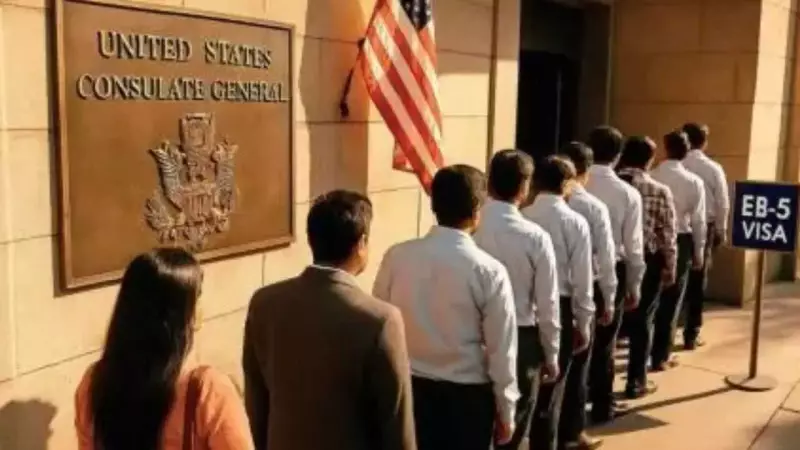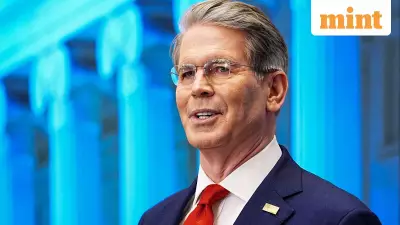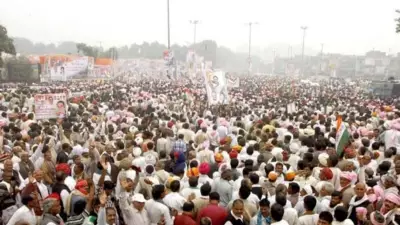
In a startling revelation that's shaking up the immigration landscape, affluent Indian professionals are discovering an expensive but effective shortcut around the notoriously challenging H-1B visa process. For a staggering investment of approximately ₹80 lakh, wealthy Indians are bypassing years-long waiting periods and uncertainty through the EB-5 investor visa program.
The Price Tag for Priority Processing
The EB-5 Immigrant Investor Program, while not new, has gained significant traction among Indian applicants frustrated with the H-1B lottery system. This program offers a direct path to US residency in exchange for substantial financial investment in American businesses.
Here's how it works: Unlike the H-1B visa, which subjects applicants to annual caps and random selection, the EB-5 program provides a more predictable immigration route. Applicants who can demonstrate their investment funds come from legitimate sources and meet the job creation requirements can essentially buy their way to the front of the immigration line.
Why Wealthy Professionals Are Choosing This Route
The appeal is clear for high-net-worth individuals:
- No annual caps unlike the H-1B system
- Predictable timeline compared to H-1B uncertainty
- Direct path to permanent residency rather than temporary status
- Family inclusion - spouses and children under 21 can accompany
- Employment flexibility - no employer sponsorship required
The Growing Trend Among Indian Applicants
Immigration experts report a significant surge in EB-5 applications from India, particularly among professionals who've faced repeated H-1B rejections or are tired of the annual lottery anxiety. The trend highlights growing frustration with conventional work visa routes and the willingness of wealthy Indians to pay premium prices for immigration certainty.
"For many successful entrepreneurs and high-earning professionals, the investment amount, while substantial, represents a calculated business decision rather than an expense," explains a Mumbai-based immigration consultant.
Ethical Questions and Accessibility Concerns
This development raises important questions about immigration equity:
- Is it fair that wealth can bypass standard immigration queues?
- What does this mean for merit-based immigration systems?
- How does this affect diversity in US immigration patterns?
The EB-5 program essentially creates a two-tier immigration system where financial capacity, rather than professional qualifications alone, determines access to American opportunities.
The Future of Indian Immigration to the US
As H-1B rejection rates remain high and competition intensifies, industry observers predict the EB-5 route will continue gaining popularity among those who can afford it. However, this trend also underscores the need for comprehensive US immigration reform that addresses the legitimate aspirations of qualified professionals across economic spectrums.
The emergence of this premium immigration pathway represents both an opportunity for wealthy applicants and a challenge to the principle of equal opportunity in international mobility.





